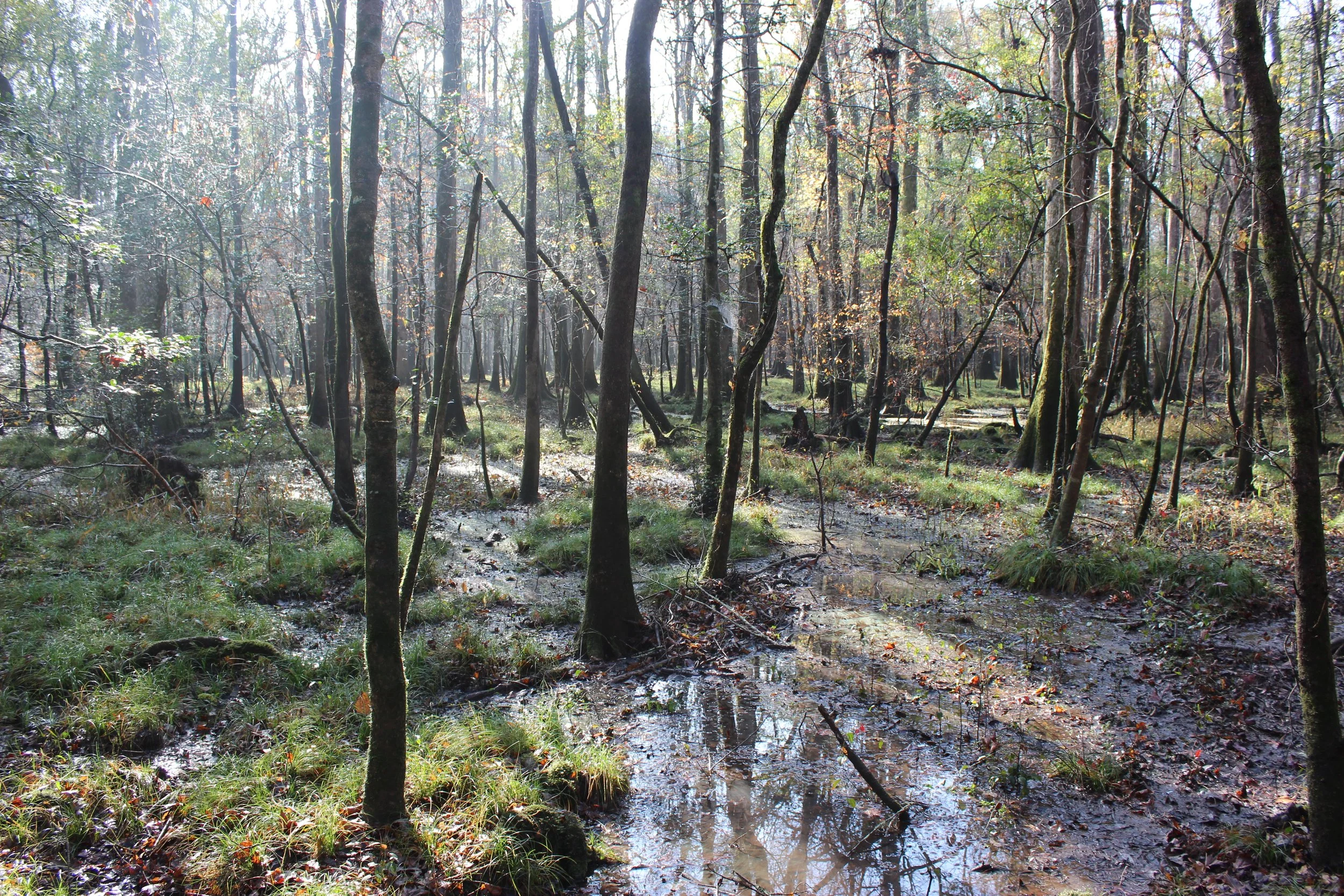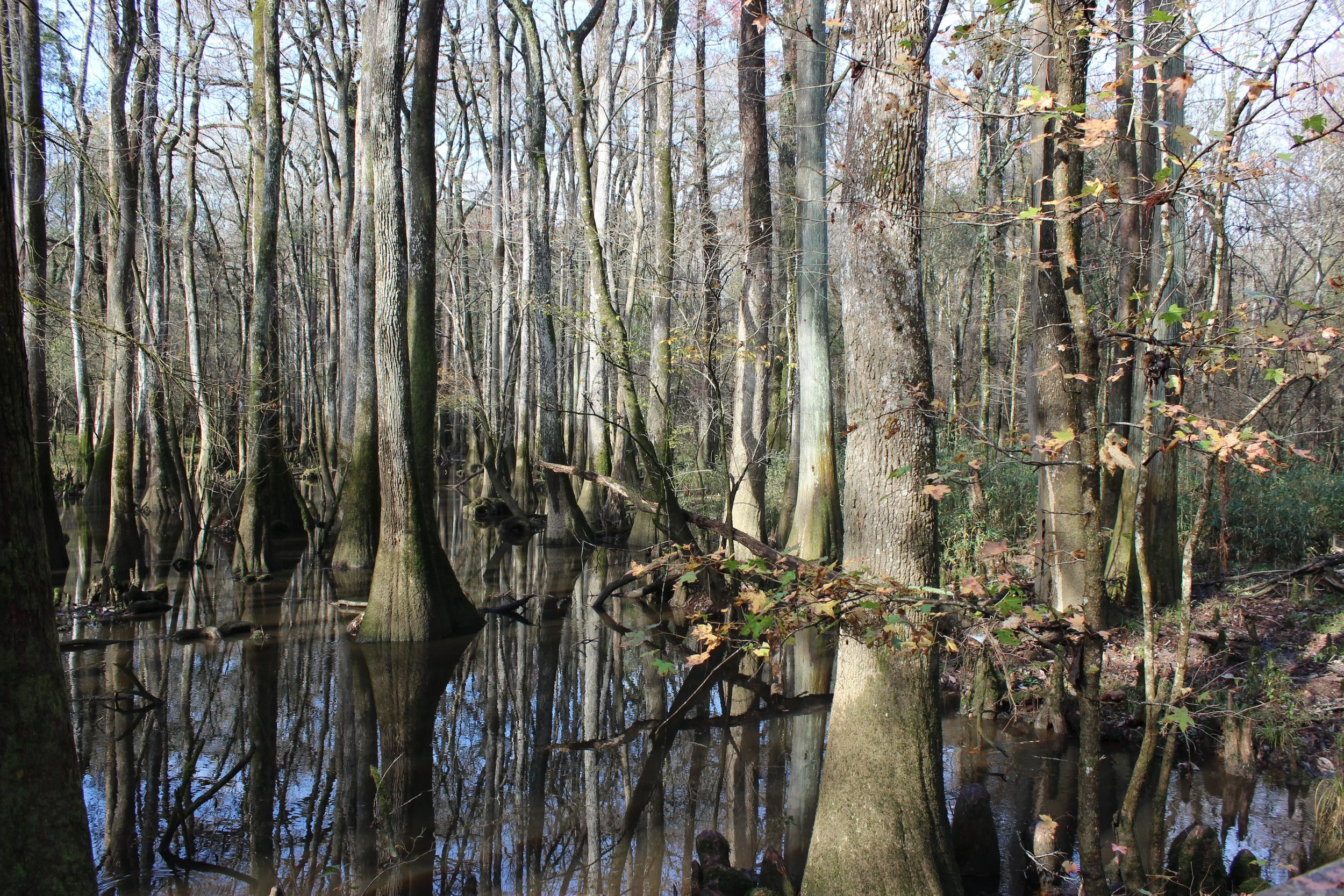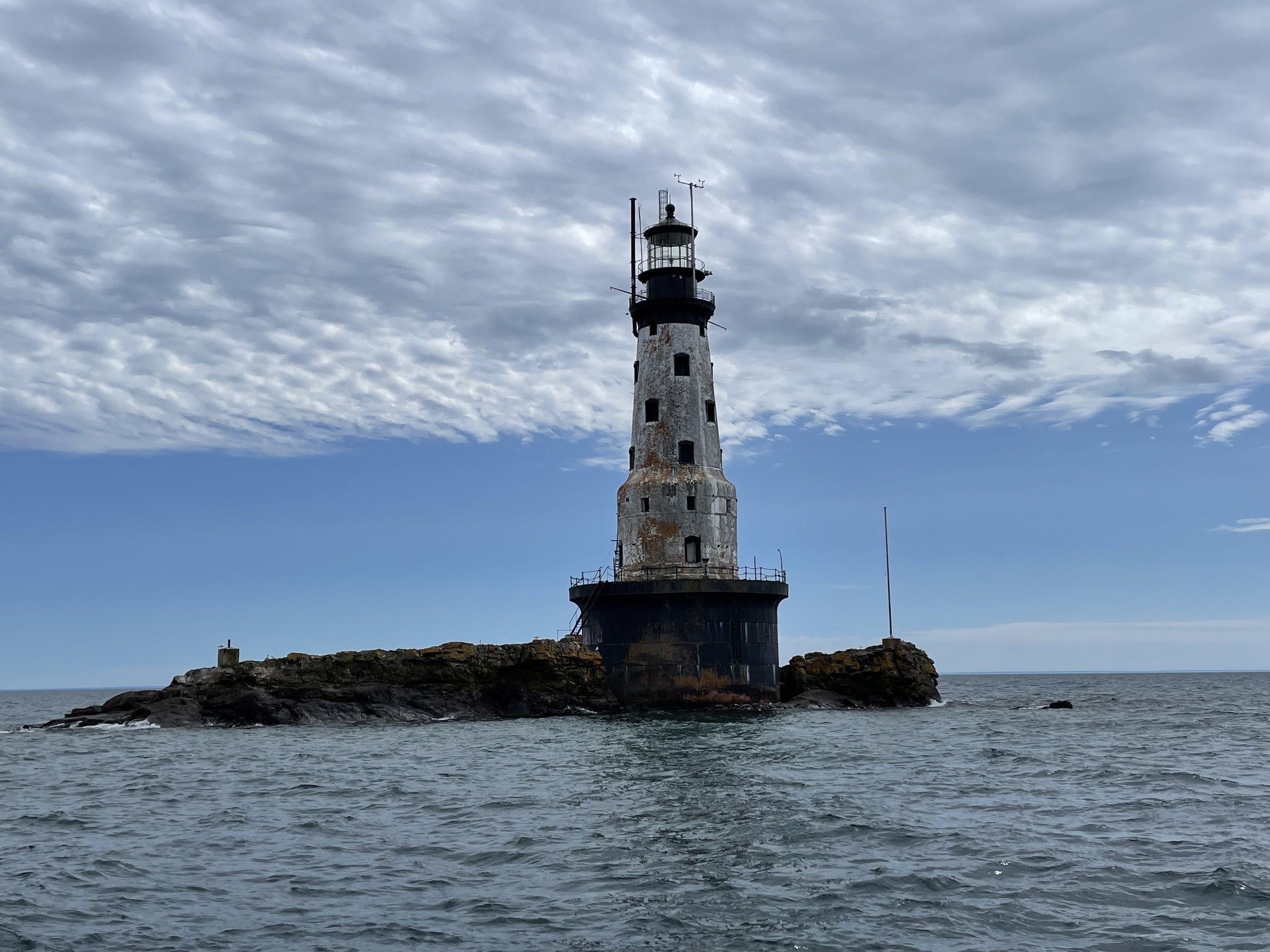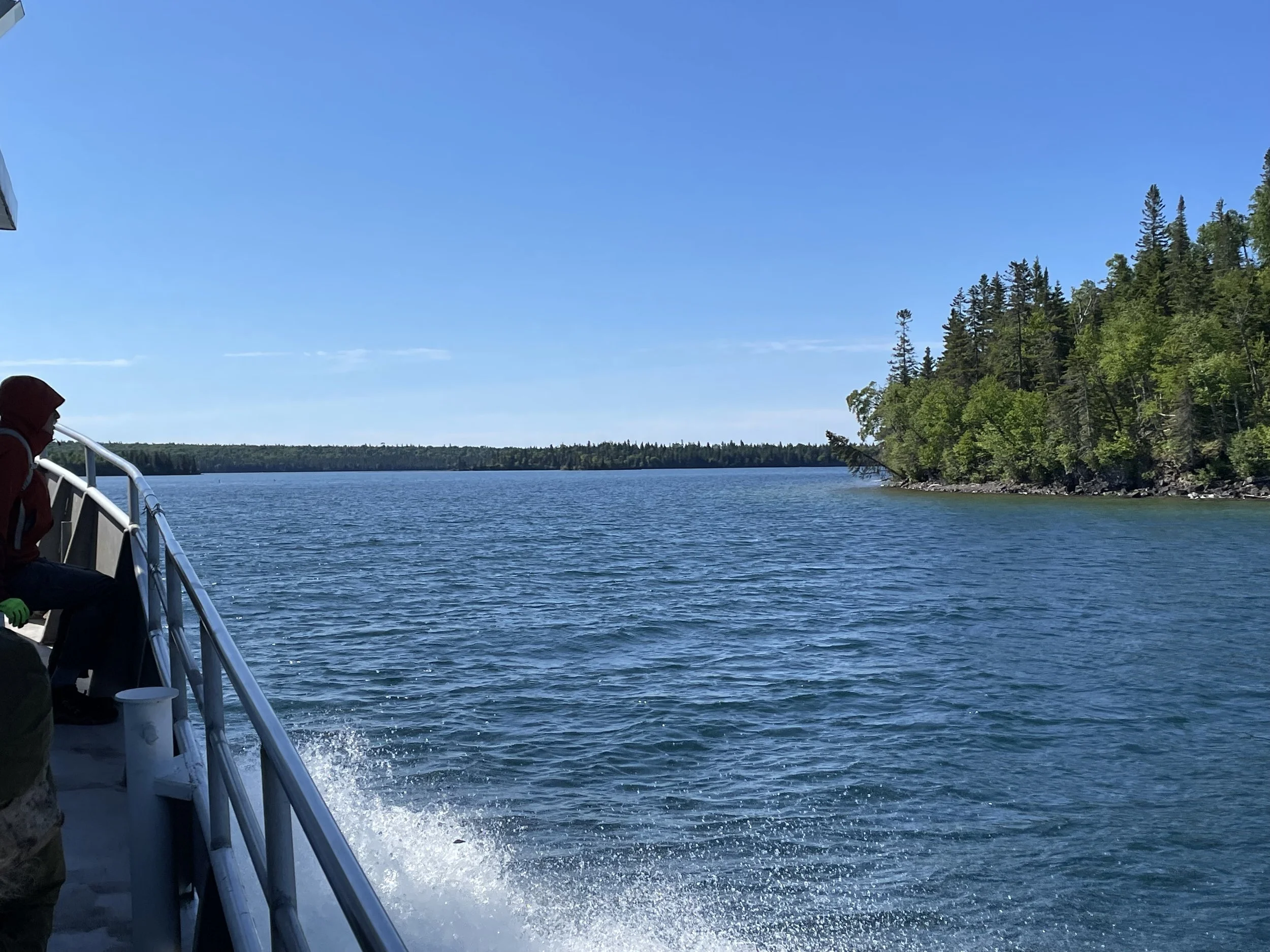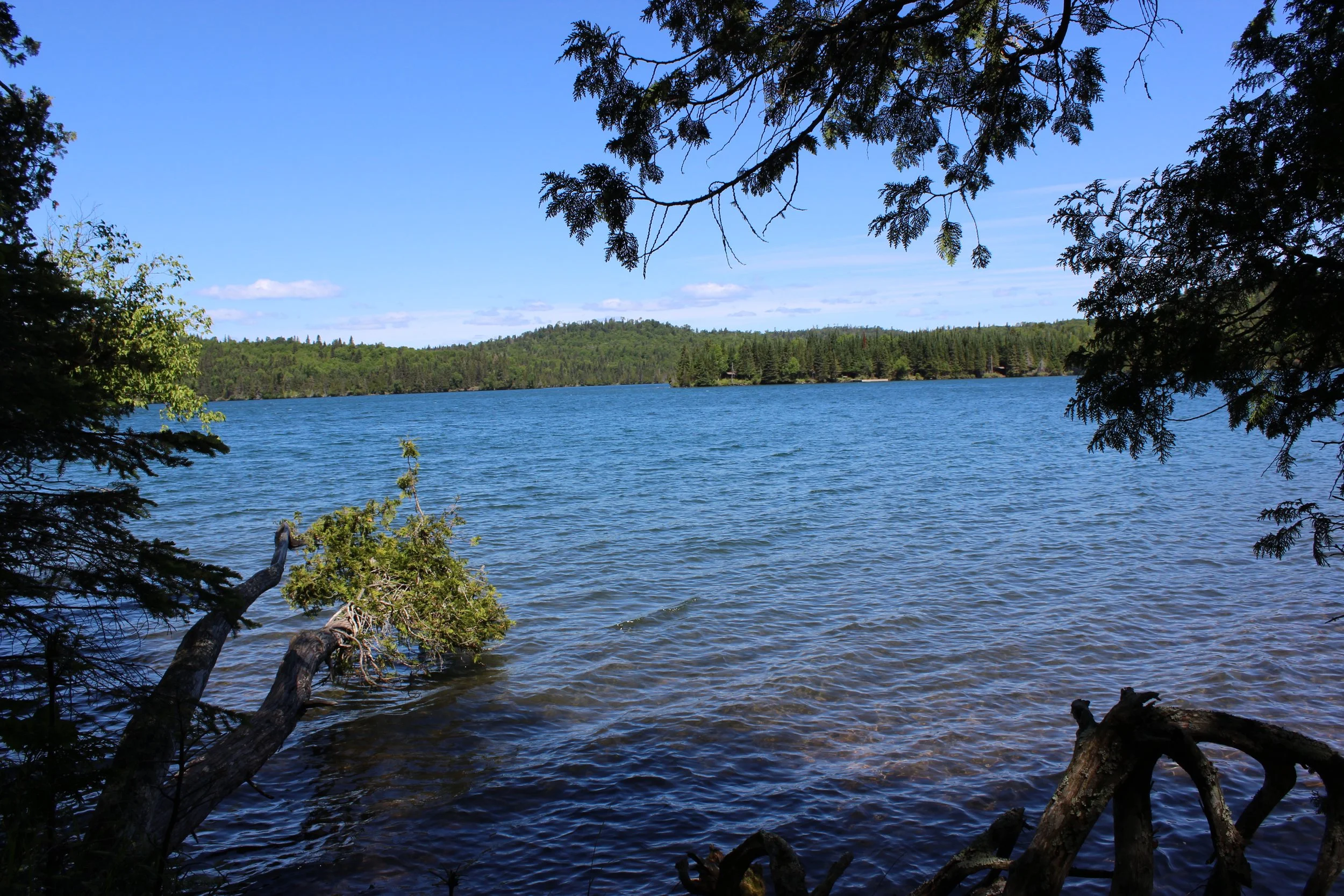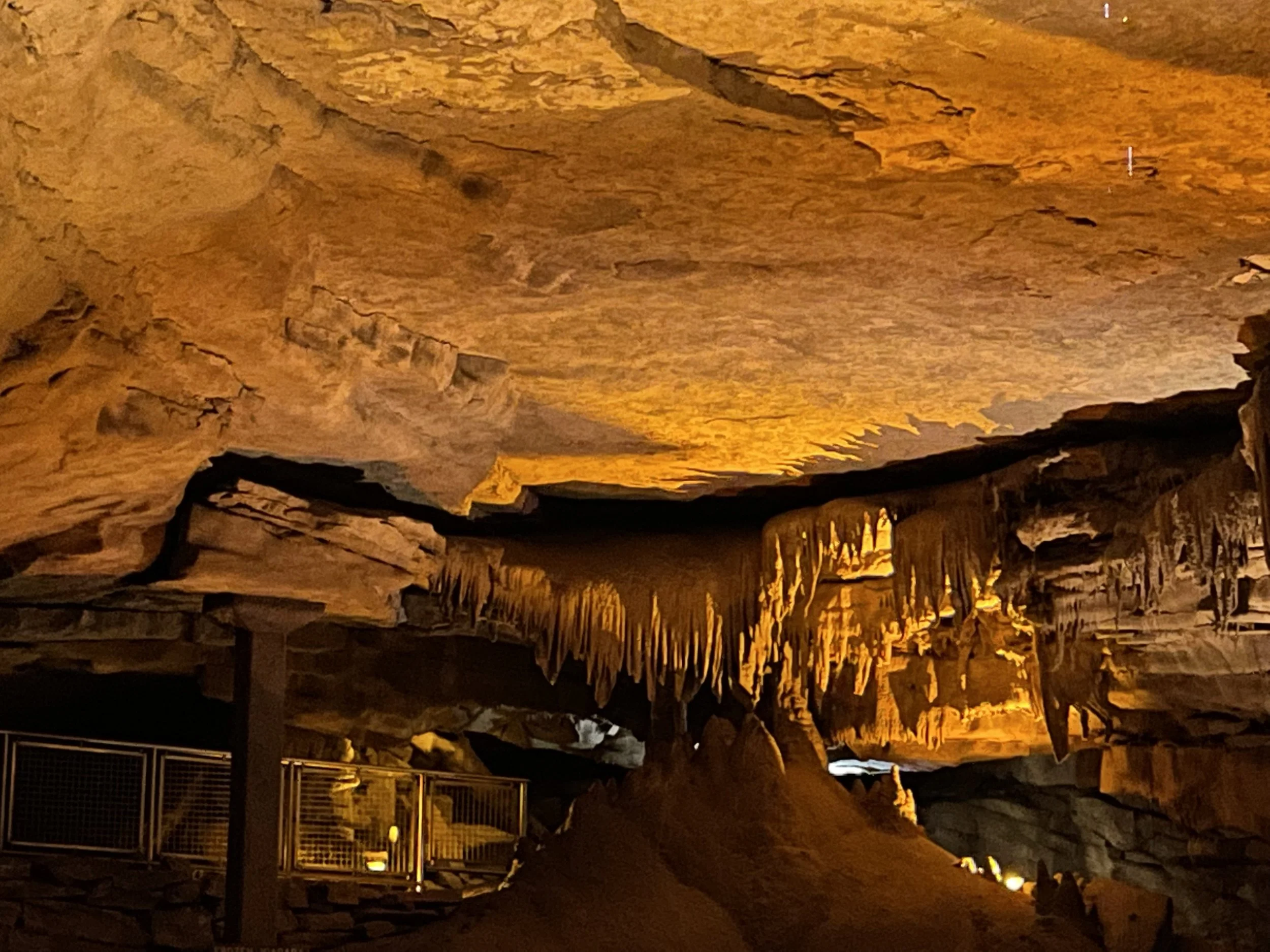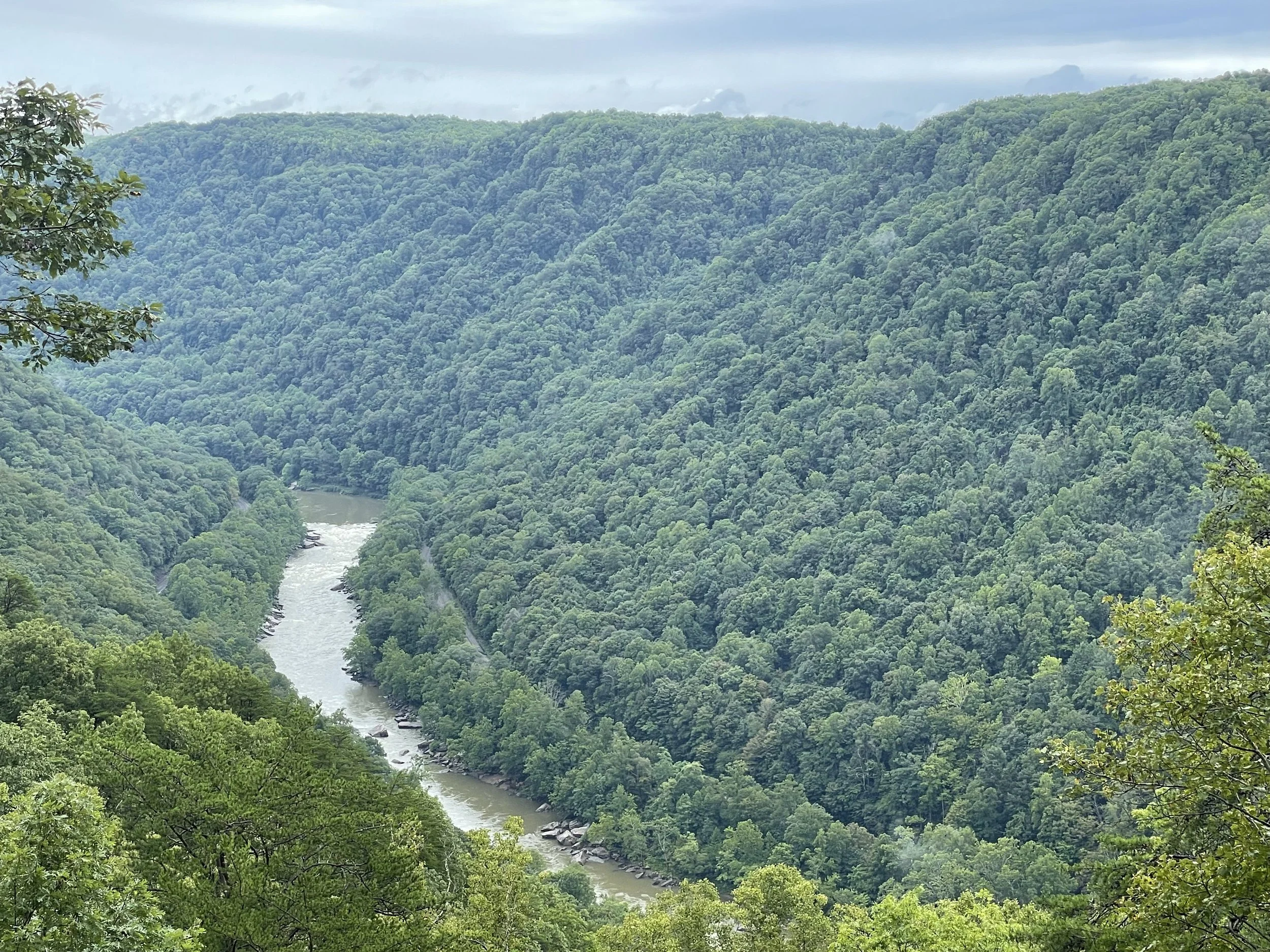10 Eastern National Parks You Just Need to Visit
America’s National Parks all preserve something. Whether it is an ecosystem or an important historic landmark, the parks each do something unique. These 10 Eastern Parks are each unique national gems that you just need to visit.
Acadia—Maine
Established in 1919 as the first park east of the Mississippi, this piece of coastal Maine was originally named Lafayette National park. Ten years later, in 1929, it was redesignated as Acadia.
Today Acadia is the nation's fifth smallest national park. It is comprised primarily of Mount Desert Island, which is a patchwork of parkland and private property. The park contains numerous small lakes and trail systems by which one might explore its interior and rocky coastline. Visitors can drive the 20-mile park loop and the summit of Cadillac Mountain can also be reached by car.
Congaree—South Carolina
The Congaree National Park was established in 2003 to preserve the largest tract of bottomland hardwood trees in the United States. The Congaree River flows through the park. Its forest habitat offers opportunities for hiking, camping and canoeing.
The parkland is often referred to as a swamp, but it is technically bottomland that is subject to occasional flooding. The forest is home to large mammals, which includes coyote, deer, otter, armadillo and bobcat.
Everglades—Florida
The Everglades are the third largest national park and represent the largest tropical ecosystem in the United States. The park protects a number of endangered species that include the American crocodile, the West Indian manatee and the Florida Panther. It also hosts the largest number of tropical birds in North America. The Everglades National Park was signed into law in 1934 and the area was listed as a UNESCO World Heritage Site in 1979.
The park is open year-round, but the best time to visit is December to March when the temperatures are lowest. There are opportunities for camping and hiking. Parts of the park are ideal for dark sky viewing. This is particularly true looking south toward the area with the least light pollution.
Gateway Arch—Missouri
Gateway Arch National Park was created in 2018 to commemorate America’s westward expansion. The arch is the tallest monument in North America and the second tallest in the world. It is also the smallest national park in the United States.
It is possible to ride to the top of the arch and at its base there is a extensive museum complex. The museum contains artifacts and exhibits that chronicle the regions importance from the pre-Columbian period through the modern era.
Indiana Dunes—Indiana
Indiana Dunes National Park was originally established as a national lakeshore in 1966 and was redesignated as a national park in 2019. The park preserves 15,000 acres of dunes wetlands, prairies and forest. These ecosystems are important important habitat for a large number of migrating birds. Among other things, the park offers opportunities for camping, hiking, fishing, swimming and bird watching.
Isle Royale—Michigan
Established in 1940 on a Lake Superior island, Isle Royale National Park is one of the most remote national parks. Grey wolves arrived on the island in the 1950s to prey on the island’s moose. The grey wolf packs are among a handful remaining in the eastern United States.
The island can only be reached by boat or plane and commercial terminals exist in several mainland towns. Once on the island, there are some amenities at Windigo and Rock Harbor, but visitors must bring most of their own supplies. Paddling and hiking are popular activities. Camping is permitted only in prescribed campgrounds.
Mammoth Cave—Kentucky
Mammoth Cave National Park was created in 1941 to include the cave and 53,000 acres of surrounding forest. The park includes campgrounds and 70 miles of hiking trails. In the 1970s the cave was connected to another extensive nearby cave system making it the longest known cave in the world. The current mapped length of the cave is 420 miles, but new branches are being continually discovered and recorded.
New River Gorge—West Virginia
The New River flows from North Carolina, through Virginia and into West Virginia where it carved a narrow gorge through the mountains. The New River Gorge contains some of America's premier whitewater. The cliffs rising above the river have long been a destination for climbers of all abilities.
The New River Gorge National Park and Preserve was designated by congress in January 2021. The park protects this natural resource and preserves some of the historic aspects of the river valley. It also provides a variety of outdoor recreation opportunities.
Shenandoah—Virginia
Authorized by Congress in 1925, the Shenandoah National Park stretches along a section of the Blue Ridge Mountains less than two hours from Washington, DC. The 124 square acre park can be accessed by automobile at several points. Skyline Drive, the park's only road, runs 105 miles from Afton Mountain in the south to Front Royal, Virginia in the north.
The Appalachian Trail also traverses the length of the park and is part of a much larger trail system. Blazed trails are designated for both hiking and horseback.
The mountain slopes are covered by hardwood forests, which are home to a range of wildlife. This includes black bear, deer, coyote, two species of fox, beaver and river otters along with many smaller woodland mammals. Nearly 200 species of bird spend at least part of the year in the forest. Among them are wild turkey, the red tail hawk and the barred owl. Peregrine falcons were reintroduced in the 1990s.
Smokey Mountains—North Carolina/Tennessee
Great Smokey Mountains National Park straddles the North Carolina Tennessee border at the southern end of the Blue Ridge Mountain Chain. The park was officially chartered by congress in 1934 and was dedicated by Franklin Delano Roosevelt in 1940. In 1983 the park was declared a UNESCO World Heritage Site. Today Great Smokey Mountains National Park is one of the most visited places in the federal park system.
This Great Smokey Mountains contain some of the highest peaks in the eastern US with elevations as high 6643 feet on Clingman’s Dome. The Appalachian Trail runs through the park as part of an extensive trail system. Extreme biodiversity is caused by the extremes in elevation and an abundance of wildlife can be spotted throughout the park. This includes black bear, elk, white tail deer, bobcat, coyote and numerous smaller mammals.

